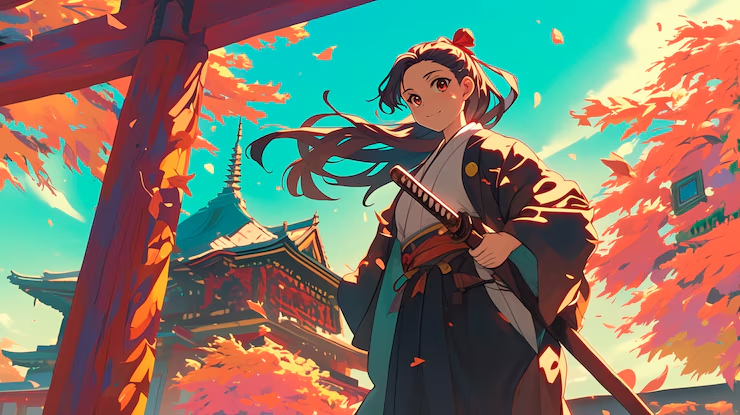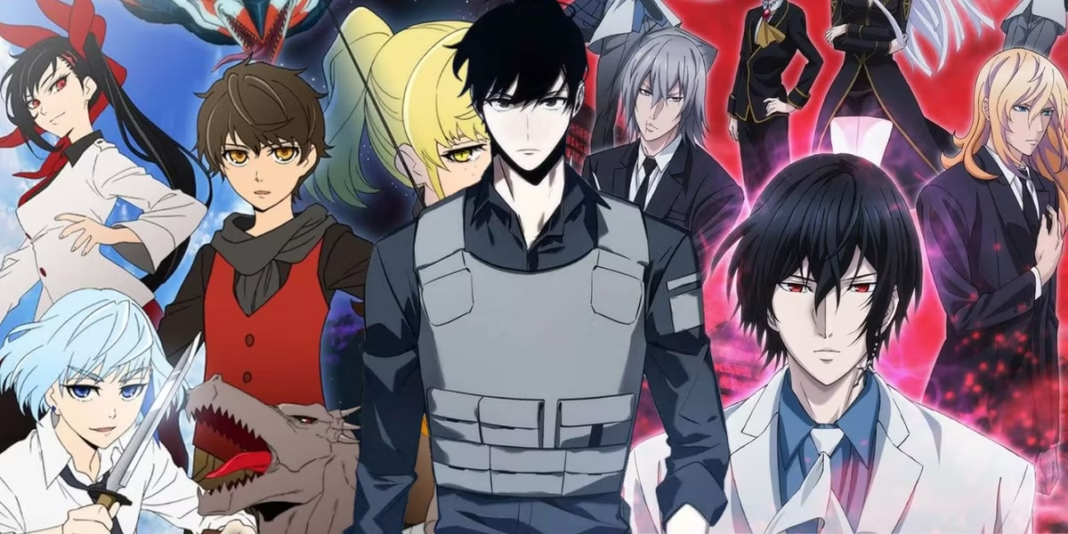In the expansive digital universe of anime fandom, platforms that aggregate and share fan-created content serve as cultural hubs. Among these, Gelbooru has emerged as a prominent and sometimes polarizing figure. Known for its vast repository of anime and manga-style images, Gelbooru is not just an archive — it’s a living, evolving expression of global fan art culture. While often associated with explicit content, this perception barely scratches the surface of Gelbooru’s significance.
This article explores Gelbooru’s vital role in anime and fan art culture, examining its history, technological influence, artistic freedom, and ongoing impact on fandom communities worldwide.
1. What is Gelbooru? A Primer
Gelbooru is a booru-style imageboard dedicated primarily to anime, manga, and game-inspired art. Its name stems from the term “booru,” derived from the Japanese word “board” and popularized by platforms like Danbooru. What makes booru sites unique is their tagging system — every image uploaded to Gelbooru is categorized by detailed tags, allowing users to search with remarkable precision.
Founded in 2007, Gelbooru positioned itself as a more open and less restricted alternative to similar platforms. Unlike some competitors that emphasize curation or moderation, Gelbooru leans toward openness, allowing a wider array of content — including fan-made, official art, and adult-oriented material — to be uploaded and shared by the community.
2. The Technological Backbone of Anime Archiving
At its core, Gelbooru is a searchable digital archive, and its value lies not just in the quantity of content but in its intelligent structuring. Each image is user-tagged with a variety of descriptors: character names, anime series, visual features, emotions, and thematic elements. This makes it easier for users to:
-
Discover new artists or styles
-
Track recurring characters or trends
-
Curate collections based on themes (e.g., “mecha,” “school uniform,” or “action pose”)
This tagging infrastructure serves as a metadata-rich map of the anime fan art world. As fandoms grow and evolve, Gelbooru reflects those changes in real time, acting as both mirror and archive.
3. A Global Platform for Artistic Freedom
One of Gelbooru’s most influential aspects is the freedom it offers creators and uploaders. While other sites may impose strict content rules or heavily moderate submissions, Gelbooru embraces a broader interpretation of artistic expression.
This freedom has made it a home for niche subcultures, such as:
-
Older anime fandoms with little modern exposure
-
Fetish-based or genre-specific art
-
Original characters inspired by anime aesthetics
It’s important to note that Gelbooru does not host fan art exclusively. The platform often includes official promotional art, visual novel stills, and video game concept designs. But the heart of the site is its user-generated fan art, a vibrant and diverse tapestry of creativity.
4. Influencing Fan Art Trends and Visual Language
Gelbooru is more than just a place to upload images — it has become a trendsetter within anime fan art. Artists often reference it to study anatomy, facial expressions, or costume details. Some even use it to gauge what’s popular in the moment, tailoring their creations accordingly.
Over time, the site has helped solidify the visual language of anime fan art by:
-
Amplifying certain aesthetic styles (e.g., moe, ecchi, cyberpunk)
-
Creating recurring visual tropes (like “catgirls” or “yandere eyes”)
-
Supporting meme culture and inside jokes that circulate within fandoms
Because of its international reach, Gelbooru has become a cultural melting pot, blending Japanese stylistic traditions with Western interpretations and innovations. This synthesis gives rise to hybrid styles that push artistic boundaries.
5. Controversies and Content Moderation
Gelbooru’s open content policy is both a strength and a challenge. It has sparked debates about content moderation, censorship, and legality. Critics argue that its permissiveness sometimes leads to the hosting of inappropriate or unethical material. Supporters, on the other hand, defend the platform as a bastion of artistic freedom and digital archiving.
The platform does maintain basic rules — such as prohibiting certain illegal content — but relies heavily on community moderation through tagging and flagging. This decentralized approach has fueled discussion about what responsibilities platforms like Gelbooru have in the larger internet ecosystem.
From a cultural standpoint, the debate around Gelbooru mirrors broader discussions about art, free expression, and community governance — especially in fandom spaces where norms are fluid and globally influenced.
6. The Role of Gelbooru in Fan Communities
Despite being a standalone site, Gelbooru is deeply integrated into wider fandom culture. Its content is frequently:
-
Shared on forums like Reddit, 4chan, and MyFigureCollection
-
Referenced by YouTubers and bloggers analyzing anime art
-
Used by cosplayers and figure makers as design references
It also plays a key role in fan-to-fan knowledge transmission. Through its tagging system and uploader comments, users learn the names of obscure characters, the origins of memes, and the evolving context of visual storytelling in anime.
Moreover, Gelbooru supports content discovery in underrepresented fandoms — those based on less mainstream shows, doujin works, or international anime-inspired projects.
7. Comparison with Other Platforms
To understand Gelbooru’s unique place in anime culture, it helps to compare it with similar platforms:
-
Pixiv: Focuses more on original art and artist portfolios, with stronger artist tools and community features.
-
Danbooru: Features higher moderation standards, making it more curated and arguably more “professional.”
-
DeviantArt: Broader in scope, including Western comics, photography, and 3D art.
What distinguishes Gelbooru is its openness and archival focus. It acts less as a social network and more like a raw image database — a library of visual culture, accessible to anyone.
8. Impact on Emerging Artists
For up-and-coming digital artists, Gelbooru serves both as a source of inspiration and a marketing channel. While it doesn’t offer profile pages or follower counts like Pixiv or DeviantArt, being featured on Gelbooru can bring attention to one’s work.
Some artists have even had their early fan art discovered and shared widely on Gelbooru before gaining traction on other platforms. It acts as a catalyst for virality, especially when an artwork taps into trending tags or high-interest fandoms.
Artists also use Gelbooru to study styles, techniques, and compositions, forming a kind of informal visual education that can be more useful than structured tutorials.
9. Preserving Fan Culture for the Future
In an era where digital content is ephemeral — deleted, DMCA’d, or lost to platform shutdowns — Gelbooru plays a crucial role as a digital preservation tool. Many images on Gelbooru no longer exist on their original sources. The platform functions like an unofficial museum of anime fandom, where past and present meet.
This archival role becomes especially important as anime and manga continue to evolve and spread globally. By maintaining records of visual trends, character evolutions, and artistic interpretations, Gelbooru helps future scholars, fans, and creators understand the cultural context of different fandom eras.
Conclusion A Vital Yet Misunderstood Corner of Fandom
Gelbooru stands at the intersection of technology, culture, and artistic freedom. Though often controversial, it provides a valuable service to the anime community — not only as an archive but as a living repository of passion, creativity, and expression. For every critique of its content moderation, there is a counter-argument emphasizing its importance as a democratic, decentralized platform for fandom.
As anime continues its global ascent, platforms like Gelbooru will play an increasingly important role in preserving, showcasing, and shaping what fan art means in the 21st century. It is not just a website — it’s a canvas for the collective imagination of anime culture.


